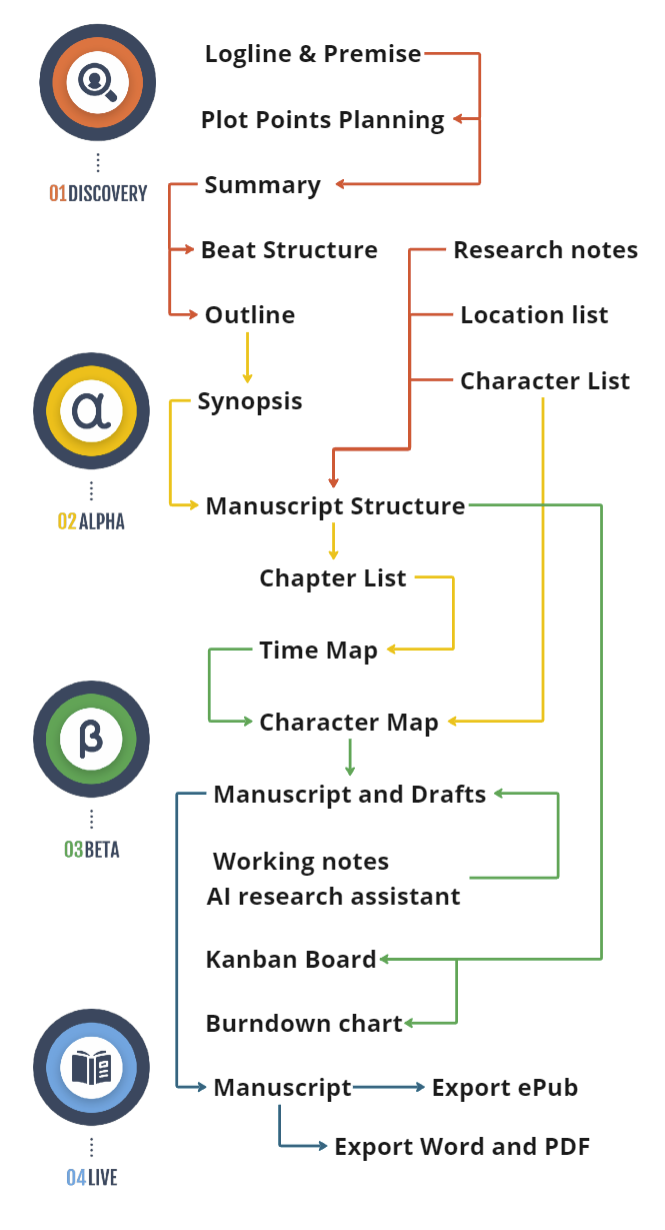We’ve all seen kids selling lemonade or bottled water from a makeshift stand. It’s a simple concept: take something common—water—and offer it at just the right moment to thirsty passersby. Believe it or not, this small roadside transaction echoes a fundamental truth about writing: sometimes it’s how, where, and when you present your work that makes it irresistible, even if the core idea seems humble at first glance.
The “selling water” metaphor stands for taking a simple idea—maybe an everyday observation or a universal theme—and showcasing it to readers in a way that feels immediately relevant. In a world brimming with complex narratives and high-stakes drama, it’s often the small, genuine moments that resonate most deeply. Think of stories where a character’s mundane routine becomes a lens into their deeper struggles and dreams. By focusing on the everyday, you invite readers to say, That’s me! or I’ve felt that exact way too!
Writers who are exploring seemingly “small” topics—like daily routines, overlooked objects, or ephemeral moments—can benefit from this perspective. Additionally, any author trying to connect with readers on an emotional level can use everyday experiences as a bridge. Even if you write fantasy or sci-fi, grounding readers in a recognizable human experience (like needing water on a hot day) can make your fictional world more compelling.
- Find the setting: Just like a roadside stand targets traffic, choose a “location” in your writing that ensures maximum resonance. This could be a relatable place in your story—a kitchen, a bus stop, a busy city street—where human interactions are felt most acutely.
- Highlight the need: Thirst is universal, so what universal longing or emotion does your scene or story address? Is it loneliness, curiosity, or hope? Identifying that need focuses your piece.
- Offer value upfront: The best way to show readers something is worthwhile is by letting them experience it directly. Don’t hold back your best lines or unique angle until the end. Capture their imagination from the start, much like a cold drink on a blistering day.
- Keep it simple: Complexity has its place, but clarity often wins hearts. Embrace straightforward language and straightforward interactions where they fit your story. A child offering water is inherently appealing because there’s no pretense—just genuine connection.
Why does tapping into the ordinary matter so much? Because human lives are built on ordinary moments. When you paint a simple act—like selling water—with emotional depth, you anchor your narrative in reality, no matter how lofty your larger themes might be. This rootedness fosters trust and empathy, both of which transform casual readers into devoted fans. Moreover, recognizing the power of the ordinary can free you from the pressure to create artificially high stakes. Sometimes, a quiet emotional reveal in a day-to-day context is more powerful than any epic battle.
Your challenge: find the “water stand” in your current project. Pinpoint a modest scene or concept and present it in a way that makes readers see its extraordinary beauty or urgency. Even ordinary ideas can dazzle if you place them at just the right spot. Where will you set up your next stand?




